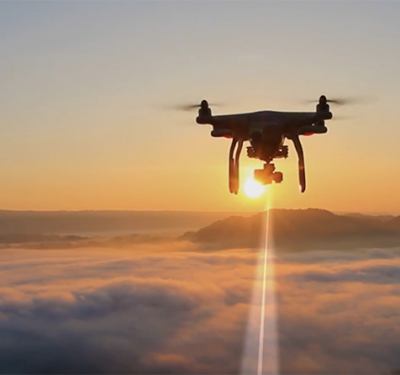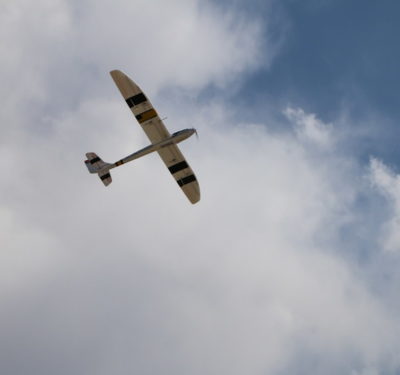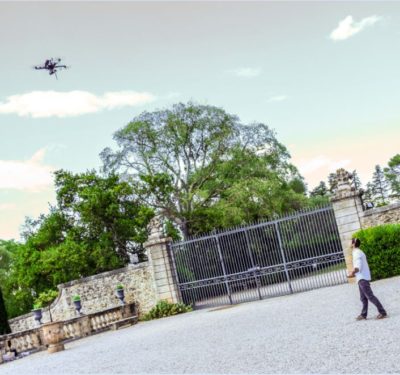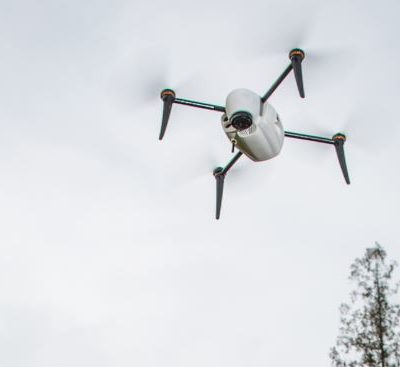Editor’s Note: As attention increases regarding aircraft activity in the eastern U.S., Inside Unmanned Systems will be providing substantive context from UAS and AAM industry experts.
Christian Ramsey is the Chief Commercial Officer at uAvionix Corporation, a leading provider of innovative communications, navigation, and surveillance solutions for UAS, General Aviation, Airports and Defense markets. His experience spans over 20 years across both crewed and uncrewed aviation. Christian served as the Program Manager for Harris Corporation on the FAA’s Surveillance and Broadcast Services (i.e., ADS-B) program and Program Manager for UAS R&D programs. Most recently at uAvionix, he was a member of the FAA’s Advanced Air Mobility Advisory Committee, supporting the integration of UAS into the National Airspace.
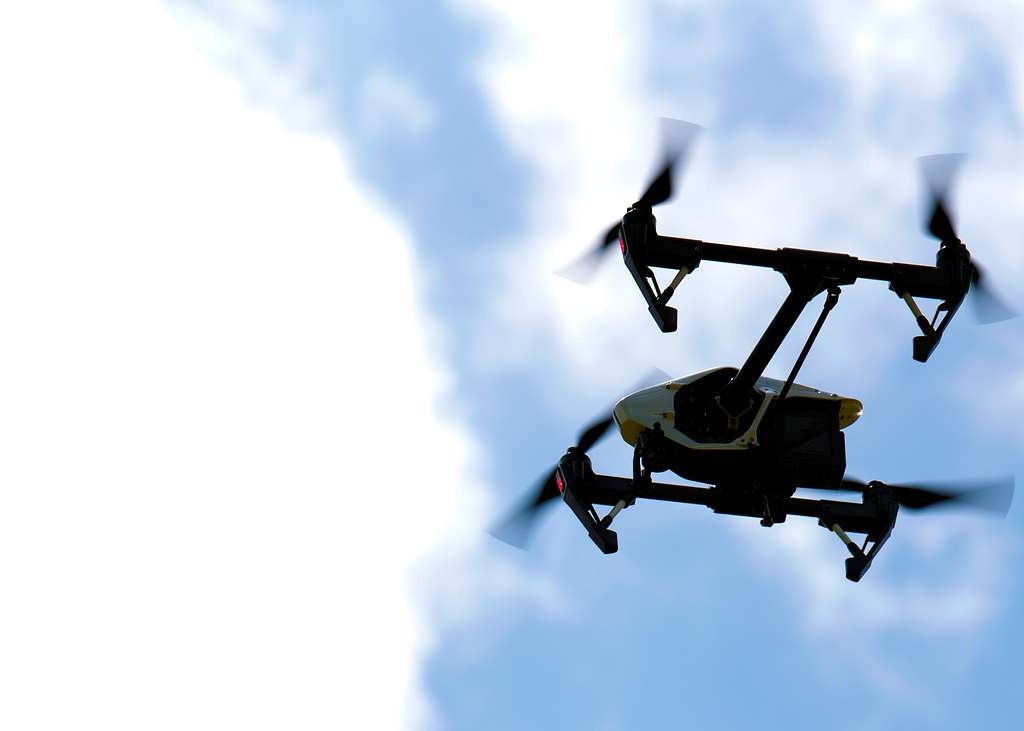
The news was inescapable. Something was happening in New Jersey with “DRONES” – suddenly everyone was looking up and seeing things that added to the hysteria. Were there really drones up there? Almost certainly there were some. Were some of the sightings helicopters or airplanes or even celestial bodies? Absolutely. Iranian motherships or extraterrestrials? Seems likely not.
The reactions were just as varied and ranged from a condescending “nothing to see here folks, it’s just airplanes, you idiots” to fearmongering. Shame on both sides.
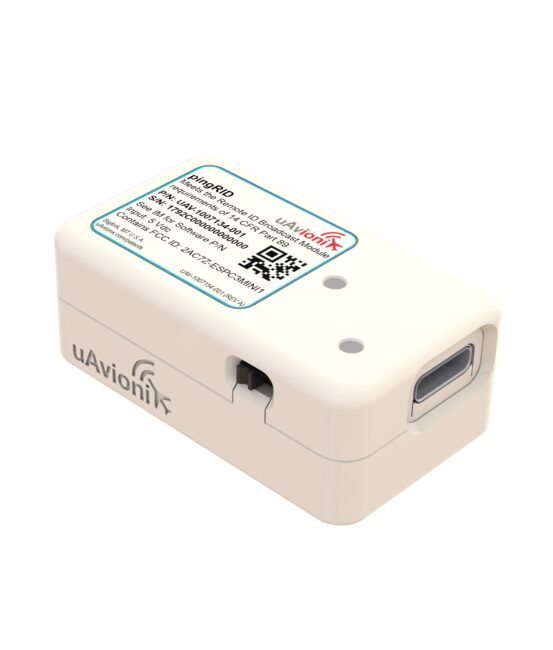
If only there were a way to tell. If only there was a way to log into a website or point your phone or some sort of tracking device at the sky and it could tell you something like “that’s an inspection drone running a pipeline”, or “that’s a news channel drone”, “delivery drone”, or even a “first responder drone.” For manned aircraft, most of the U.S. public is used to this capability with apps like FlightAware, FlightRadar24, PlaneFinder, etc. that are free and fun to use to learn about what’s above us. Society is now conditioned to being able to do this.
If only. (You know where I’m going with this. Sigh.) UAS Remote Identification (RID) was, and is, supposed to be that thing. It is the “digital license plate” system that the FAA established and legally requires every drone over 0.55 pounds to be equipped with. EVERY drone, from those you purchase at an electronics store, to larger drones reportedly spotted in NJ. Its singular purpose is for security or law enforcement to not only identify the drone, but where the operator is currently flying the drone from. It’s real, it’s here….it failed its one job. Why? Two reasons.
- It seems that nobody in the public or law enforcement community even knew it existed or how to access it. This is a communication and education failure.
- It is fundamentally technically flawed. It just doesn’t work well.
Let’s take those in order.
Who knew?
The responsibility to enforce drone regulations falls to the law enforcement community. Maybe this isn’t fair, because enforcing the rules of the air is not really something the local PD is used to doing. But, since the FAA has no enforcement capability at a local level, what the FAA tried to do with RID is equip them with a tool that it could use easily and cheaply. In NJ, it seems the enforcers didn’t even know they had a tool in their belt. This highlights a communication and education failure.
A significant missed opportunity – someone could have put out a Public Service Announcement saying something to the effect of “Here’s how to identify a drone overhead – download this free app, open it when you see a drone, capture the data it shows you, and send it to your local PD.” Everyone in the country would have instantly learned about RID and a meaningful percentage would have downloaded that free app.
This could still happen…. hint hint.
It’s just not a good solution.
Even though uAvionix produces a RID module, we’ve never been very high on the tech (see this article from 2019). I can tell you honestly that the fact that we even created and carry our RID product was a point of significant debate when prioritizing our development resources.
The long and short of the history is that to make the technology accessible to every law enforcement officer at no cost, the FAA settled on Bluetooth and Wi-Fi beacons because apps would be created that everyone would know about and use equipment already handily available (i.e the mobile phone with its internal antennas for reception). The idea behind what is known as “broadcast remote ID” is that it would become as easy as those flight tracking apps, but it wouldn’t need a network or infrastructure to work because it would broadcast its signal directly to your phone.
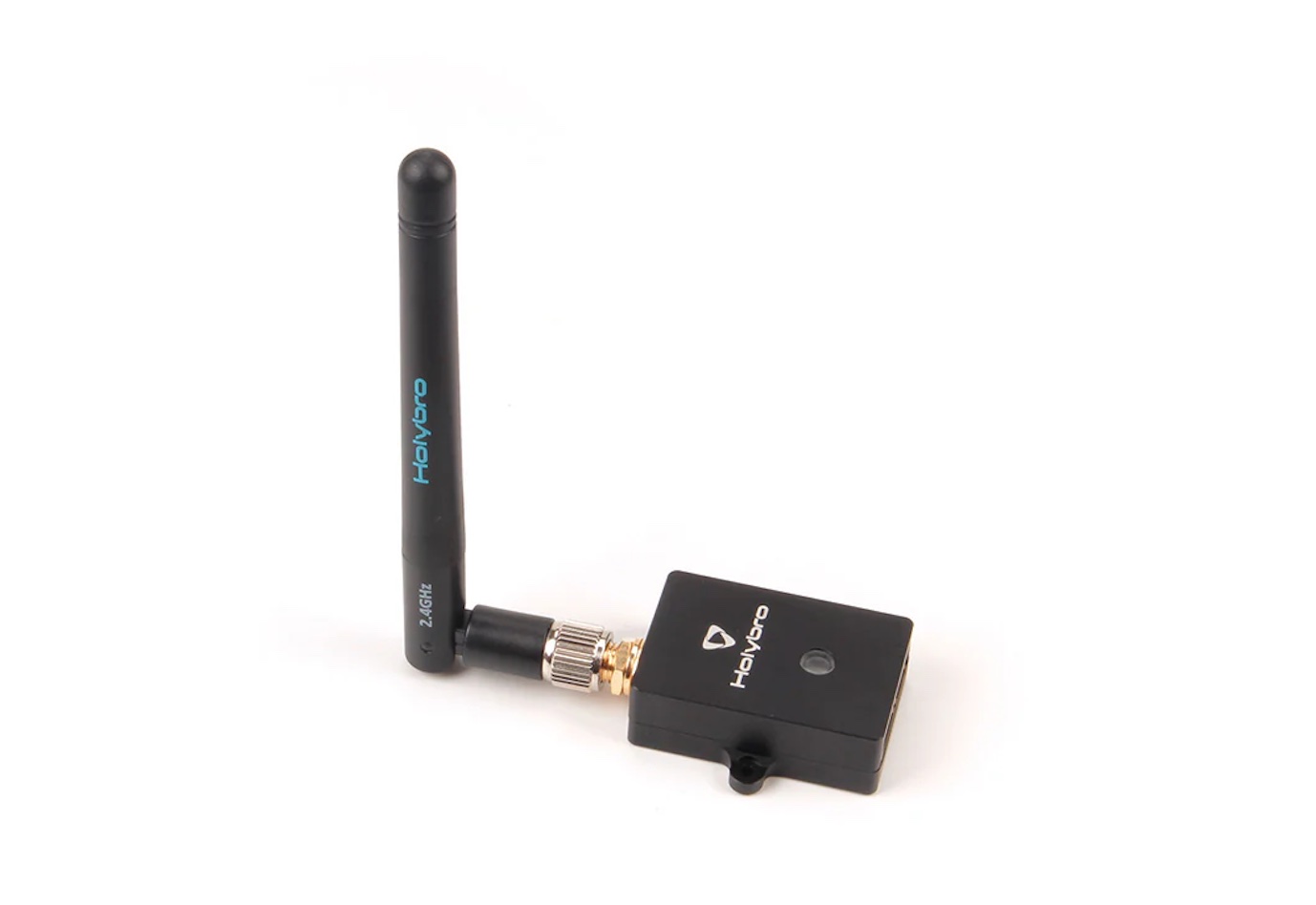
In theory, reasonable idea. In practice, lacking. Broadcast RID simply has poor range from a phone (a few hundred yards at best) and is subject to signal blockage and interference from everything else in the world on those frequencies. To make up for this shortcoming, there are several providers of RID receivers and networks out there that are achieving much better range, but those are fixed installations that are costly and not ubiquitously accessible by anyone as originally intended.
This article from Wired in 2010 “Why Everything Wireless is 2.4GHz” is a little dated, but still dead-on. The crux of the issue is that the 2.4GHz frequency (and 5GHz, although the article doesn’t address it) – was adopted as an unlicensed frequency in the Industrial, Scientific, and Medical (ISM) radio bands – meaning – duh – you don’t need a license to operate on them. The article goes so far as to call ISM the “ghetto for unlicensed wireless transmission.” That doesn’t mean it’s a bad frequency range, it just means that so much of what we do in our day to day lives operates here, and unlicensed also means “unprotected” – if your signal doesn’t get through, there are no repercussions. So, combine a crowded frequency with lots of users on it with tiny antennas in your phone, and it just isn’t going to work well.
One more gotcha. The standard allows for both Bluetooth OR Wi-Fi beacons. But….turns out Apple never supported the Wi-Fi standard, so there are some drones out there flying with completely legal Wi-Fi RID systems that would not be detectable with iOS devices even if they were in range and knew how to do it.
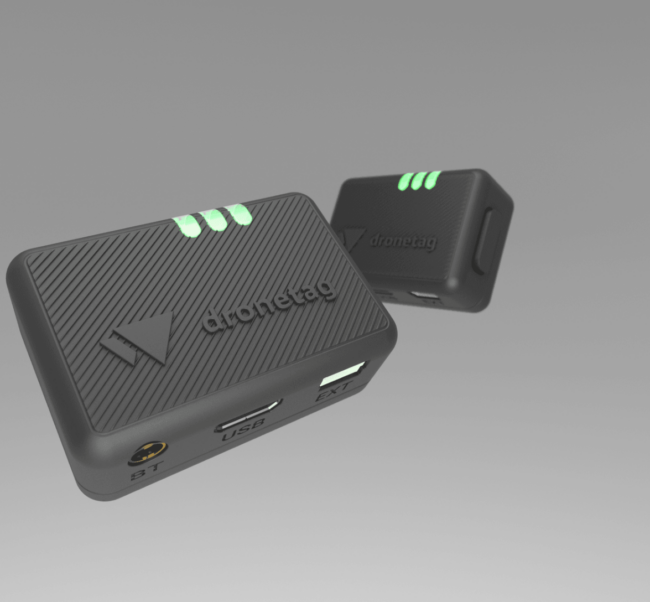
So, for it to be effective, our sacrifice of performance did not buy us the low cost we intended. Now we have the worst of both worlds.
The fallout will be bigger than you think.
What most people don’t know is that the industry and the FAA are at the 5-yard line with respect to publishing draft rules known as Part 108. Part 108 is to be the ruleset and playbook for normalizing Beyond Visual Line of Sight (BVLOS) commercial operations. It will bring us personal and medical deliveries, life-saving operations for dangerous inspection tasks and first responders and enable innovation and small businesses to thrive in industries they could not previously. It will literally save lives.
Part 108 has been the culmination of a decade of effort and hundreds of millions of dollars in investments, and since the election the industry and FAA have been nearly frantic getting this draft published prior to an administration change, which may introduce significant delays or rethinks to the process. If that happens, countless VC, PE, and internal corporate investments will dry up, leaving many in the industry to wither – joining the countless that already have. We will lose our national innovation advantage and watch other countries continue to surpass us.
These events in NJ and the failure and missed opportunity of RID may have just put that last nail in the coffin in Part 108 for now. If the response to the NJ situation had been well communicated, educational, and speaking to the overall positive opportunities commercial drones will bring – this could have added fuel to the Part 108 push. Instead, lawmakers and the executive branch may have seen that society is not ready for this, that we are not ready to embrace it. Our game clock may have run out while on the 5-yard line.
I hope I’m wrong and will be the first to celebrate the Part 108 draft if published.
So what do we do about it?
We must fix both failures. First, everyone in industry and the FAA needs to talk about all the good that we are doing to make commercial drones safe and transparent. Send out that PSA, make the right kinds of headlines in circles outside of our own echo-chamber. We are too deep in our own LinkedIn circles. Get out and educate your local PD and local press.
Secondly, we must do something about RID. We need a longer-range solution. We need something that can provide both transparency for security and safety as a Detect and Avoid (DAA) capability. Something that is conspicuous to the public, law enforcement, and to other aircraft in the area. We need to turn the page from this failure and embrace something different and do it quickly without another three years of standards development. It’s time to re-open some discussions that have been closed. More to come.


